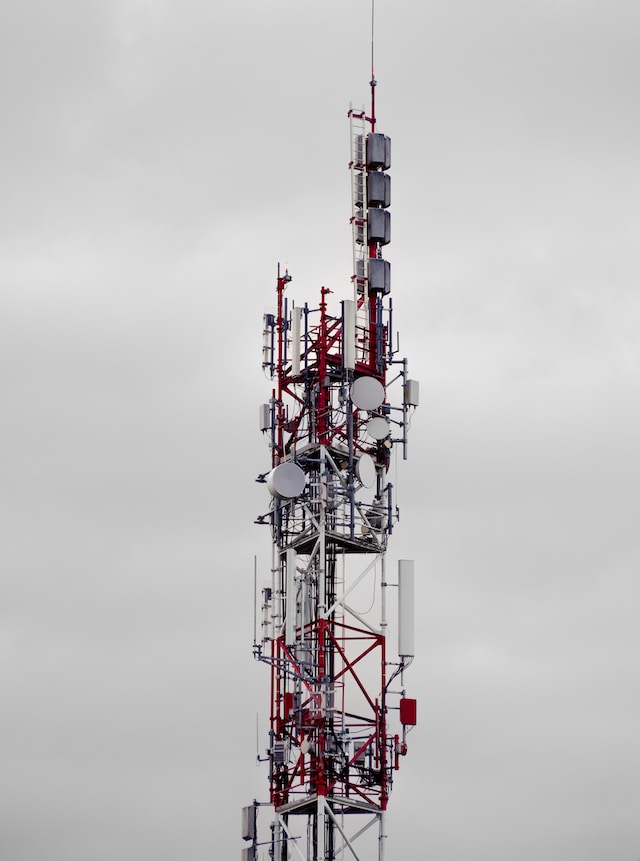The aviation industry has always relied on cutting-edge technology to ensure the safety and efficiency of air travel. As the world transitions to 5G technology, the United States has recently issued a warning to airlines about potential delays if they fail to update their altimeters. This blog article sheds light on the significance of this issue, explaining why updating altimeters is crucial for airplane safety and how 5G technology can impact aviation operations.
Understanding the Importance of Altimeters:
Altimeters are critical instruments in airplanes that measure altitude, allowing pilots to determine their precise height above ground level. Accurate altimeter readings are essential for safe takeoffs, landings, and maintaining the appropriate separation between aircraft in flight. Outdated altimeters can lead to inaccurate altitude readings, jeopardizing the safety of passengers, crew, and other airplanes in the vicinity.
The Role of 5G Technology:
The advent of 5G technology promises faster speeds, lower latency, and improved connectivity across various industries. However, the frequency bands used by 5G networks are in close proximity to the frequency bands traditionally reserved for altimeters. This proximity has raised concerns about potential interference between the two systems.
The Federal Communications Commission (FCC) auctioned off portions of the C-band spectrum for 5G deployment. The lower portion of this band, adjacent to the altimeter frequencies, can pose a risk of interference if altimeters are not properly updated to mitigate the effects of 5G signals. Consequently, outdated altimeters may exhibit reduced accuracy, potentially leading to compromised flight operations.
Potential 5G Delays for Airplanes:
To prevent potential disruptions and ensure the safety of air travel, the FCC and aviation regulatory bodies have mandated that airlines update their altimeters to be compatible with 5G networks. Failure to comply with these regulations could result in significant delays for flights operating in areas with 5G coverage.
Airline operators must work closely with avionics manufacturers and follow industry guidelines to implement the necessary updates. The altimeter retrofitting process typically involves software upgrades or hardware modifications, depending on the specific aircraft type and altimeter model. It is essential for airlines to prioritize this task to minimize the impact of 5G implementation on their operations.
Conclusion:
As the aviation industry braces itself for the era of 5G technology, the importance of updating altimeters in airplanes cannot be overstated. Outdated altimeters pose a significant risk to flight safety and can potentially lead to delays in 5G-covered areas. Airlines must proactively collaborate with manufacturers and regulatory bodies to ensure their altimeters are compatible with 5G networks.
By staying ahead of the curve and investing in the necessary updates, airlines can navigate the transition to 5G seamlessly while maintaining the highest standards of safety and operational efficiency. The efforts to modernize altimeters will safeguard the future of air travel and enable the aviation industry to embrace the benefits of 5G technology without compromising safety.












